Carolina Rigs: A Comprehensive Guide
Fishing is a popular pastime enjoyed by people of all ages and backgrounds. One of the most effective methods of catching fish is the Carolina rig. It’s a versatile technique that can be used in both freshwater and saltwater environments, and it’s easy to learn for anglers of all skill levels.
In this comprehensive guide, we’ll take a closer look at the Carolina rig, including its history, components, setup, and how to use it to catch different species of fish. We’ll also provide tips and tricks to help you get the most out of your Carolina rig fishing experience.
Table of Contents
- Introduction
- What is a Carolina Rig?
- History of the Carolina Rig
- Components of a Carolina Rig
- Fishing Line
- Swivel
- Leader Line
- Weight
- Hook
- Setting up a Carolina Rig
- Step 1: Tie the Swivel to the Main Fishing Line
- Step 2: Attach the Leader Line to the Swivel
- Step 3: Tie the Weight to the Leader Line
- Step 4: Tie the Hook to the End of the Leader Line
- How to Fish with a Carolina Rig
- Choosing the Right Bait
- Casting and Retrieving
- Fishing Techniques
- Advantages of Using a Carolina Rig
- Tips and Tricks for Carolina Rig Fishing
- Use a Fluorocarbon Leader Line
- Vary Your Retrieve Speed
- Try Different Weights
- Experiment with Different Hooks
- Conclusion
- FAQs
1. Introduction
The Carolina rig is a popular fishing technique that’s been used for many years. It’s a versatile setup that can be used to catch a variety of fish species in different environments, making it a favorite among anglers. The rig consists of a weight, swivel, leader line, and hook, which are all connected by fishing line.
2. What is a Carolina Rig?
A Carolina rig is a fishing setup that consists of a sliding weight, swivel, leader line, and hook. It’s used to fish at the bottom of a body of water, making it effective for catching fish species that feed on the bottom, such as catfish, bass, and crappie. The sliding weight allows the bait to move freely, making it more attractive to fish.
3. History of the Carolina Rig
The Carolina rig was invented by an angler named Ron Davis in the 1970s. He created the rig as a way to fish for bass in the shallow waters of North Carolina’s Lake Norman. The Carolina rig quickly became popular among anglers and has since been used to catch many different species of fish.
4. Components of a Carolina Rig
There are five main components of a Carolina rig: fishing line, swivel, leader line, weight, and hook. Each component plays an important role in the setup and affects the overall effectiveness of the rig.
4.1 Fishing Line
The fishing line connects all the components of the Carolina rig and is typically made of monofilament or braided line. The strength and thickness of the line will depend on the size and weight of the fish you’re targeting.
4.2 Swivel
The swivel is used to connect the main fishing line to the leader line. It’s an essential component of the rig as it prevents line twist and allows the bait to move more naturally.
4.3 Leader Line
The leader line is a separate length of line that connects the swivel to the hook. It’s typically made of fluorocarbon, which is invisible underwater and has a higher abrasion resistance than monofilament.
4.4 Weight
The weight is what allows the bait to sink to the bottom of the body of water. A sliding weight is used in the Carolina rig to allow the bait to move more freely and appear more natural to the fish.
4.5 Hook
The hook is the component that holds the bait and is attached to the end of the leader line. It comes in different sizes and styles and should be chosen based on the size of the fish you’re targeting and the type of bait you’re using.
5. Setting up a Carolina Rig
Setting up a Carolina rig is a simple process that can be done in just a few steps.
5.1 Step 1: Tie the Swivel to the Main Fishing Line
Start by tying the swivel to the main fishing line using your preferred knot.
5.2 Step 2: Attach the Leader Line to the Swivel
Attach the leader line to the other end of the swivel using another knot.
5.3 Step 3: Tie the Weight to the Leader Line
Tie the sliding weight to the end of the leader line using a knot that won’t slip.
5.4 Step 4: Tie the Hook to the End of the Leader Line
Finally, tie the hook to the end of the leader line using your preferred knot.
6. How to Fish with a Carolina Rig
Now that you know how to set up the rig, it’s important to know how to fish with it effectively.
6.1 Choosing the Right Bait
The type of bait you use will depend on the species of fish you’re targeting. Soft plastic baits, such as worms and lizards, are popular choices for the rig as they move naturally in the water and can be easily rigged onto the hook.
6.2 Casting and Retrieving
Cast your line out and allow it to sink to the bottom of the body of water. Once it has hit the bottom, reel in the slack and begin slowly dragging the bait along the bottom using short, sharp movements. This will create vibrations in the water that will attract the fish.
6.3 Fishing Techniques
The rig can be used in a variety of fishing techniques, including jigging, hopping, and dragging. Experiment with different techniques to find what works best for the species of fish you’re targeting.
7. Advantages of Using a Carolina Rig
There are several advantages to using the rig for fishing. Firstly, the sliding weight allows the bait to move more naturally, making it more attractive to fish. Secondly, the rig can be used in both freshwater and saltwater environments, making it a versatile option for anglers. Finally, the rig is easy to learn and can be used by anglers of all skill levels.
8. Tips and Tricks for Carolina Rig Fishing
Here are some tips and tricks to help you get the most out of your Carolina rig fishing experience.
8.1 Use a Fluorocarbon Leader Line
Fluorocarbon leader lines are invisible underwater and have a higher abrasion resistance than monofilament, making them a great choice for Carolina rig fishing.
8.2 Vary Your Retrieve Speed
Changing the speed at which you retrieve your line can make your bait appear more natural and attract more fish.
8.3 Try Different Weights
Experiment with different weights to find what works best for the depth and current
9. Conclusion
In conclusion, the Carolina rig is a versatile and effective fishing technique that is popular among anglers of all skill levels. Its simple setup and ability to be used in various fishing techniques make it a great option for targeting a range of fish species in both freshwater and saltwater environments. By following the steps outlined in this comprehensive guide, you can set up and fish with the rig with confidence, and potentially reel in your next big catch.
10. FAQs
- What types of fish can be caught using a Carolina rig?
The rig can be used to target a range of fish species, including bass, catfish, walleye, and more.
- Can the Carolina rig be used in saltwater fishing?
Yes, the rig can be used in both freshwater and saltwater fishing.
- What is the advantage of using a sliding weight in the rig?
The sliding weight allows the bait to move more naturally, making it more attractive to fish.
- What is the best type of hook to use with the rig?
The type of hook you should use depends on the size of the fish you’re targeting and the type of bait you’re using.
- Is the Carolina rig suitable for beginners?
Yes, the rig is a simple and easy-to-learn fishing technique that can be used by anglers of all skill levels.
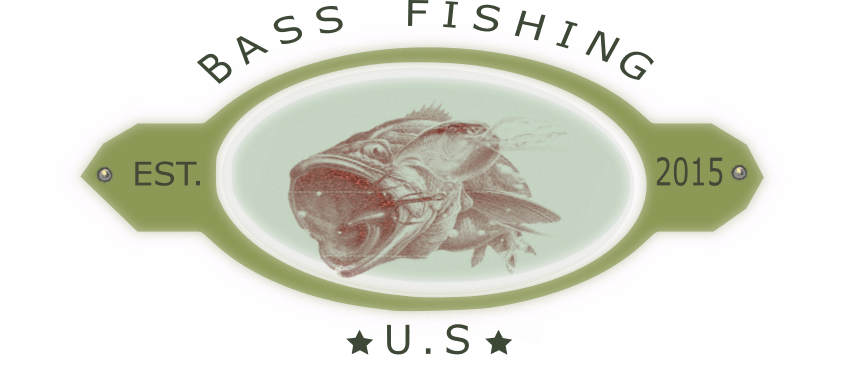


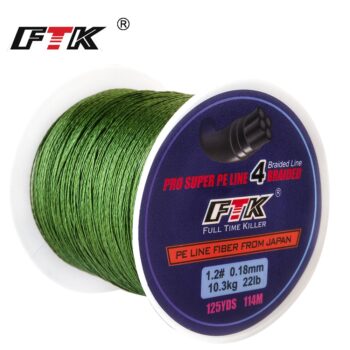
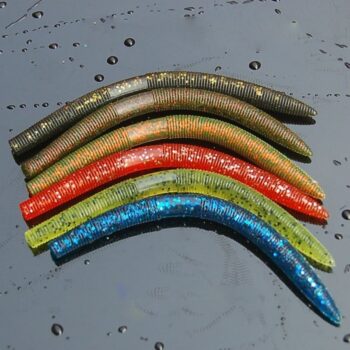
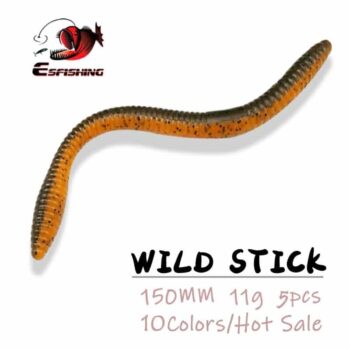





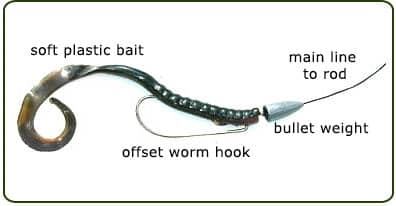
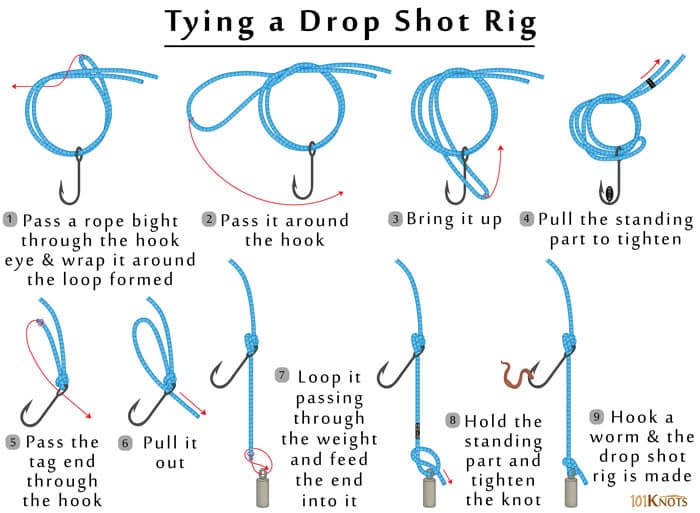
Leave a comment